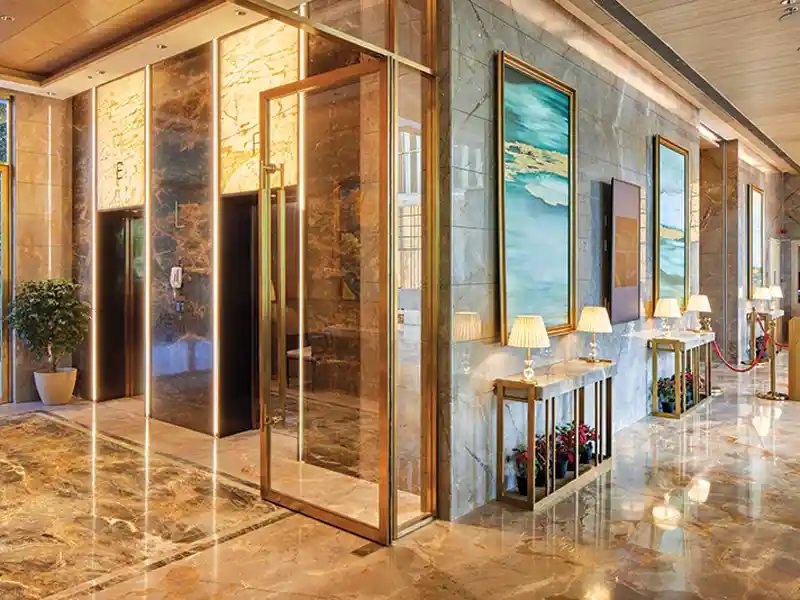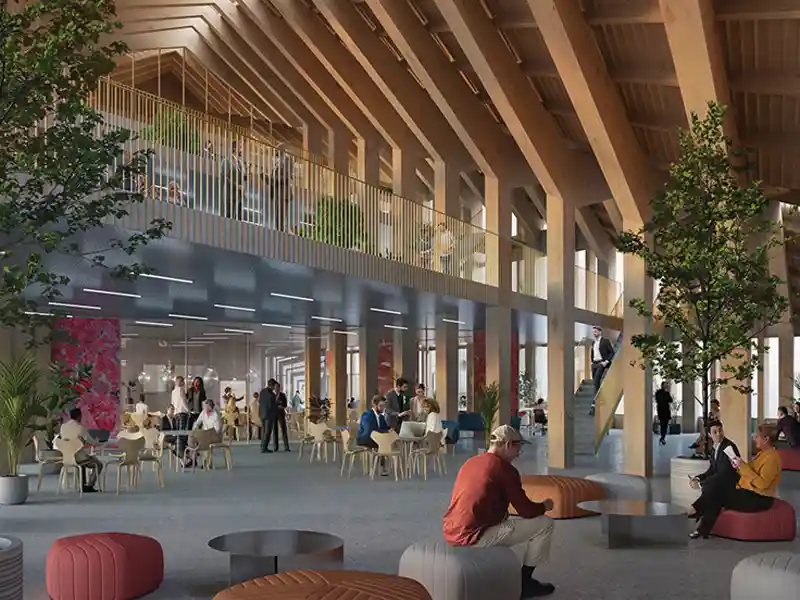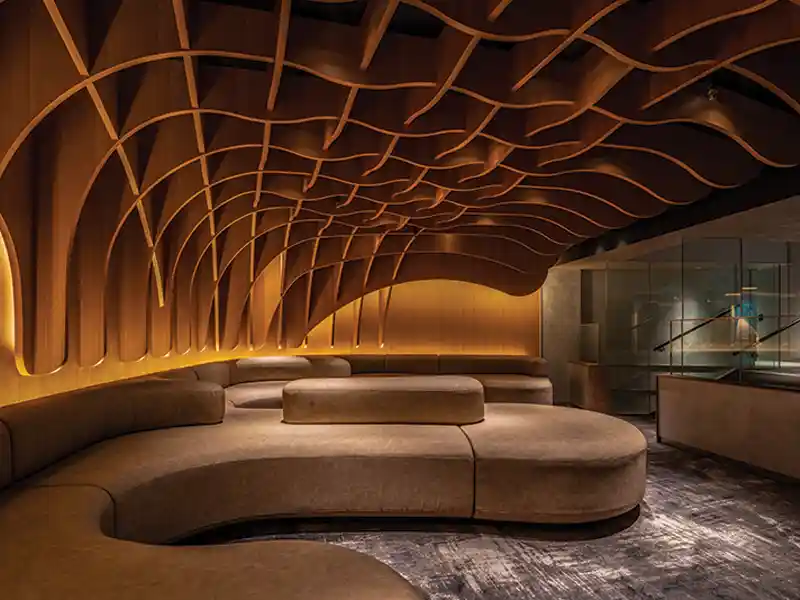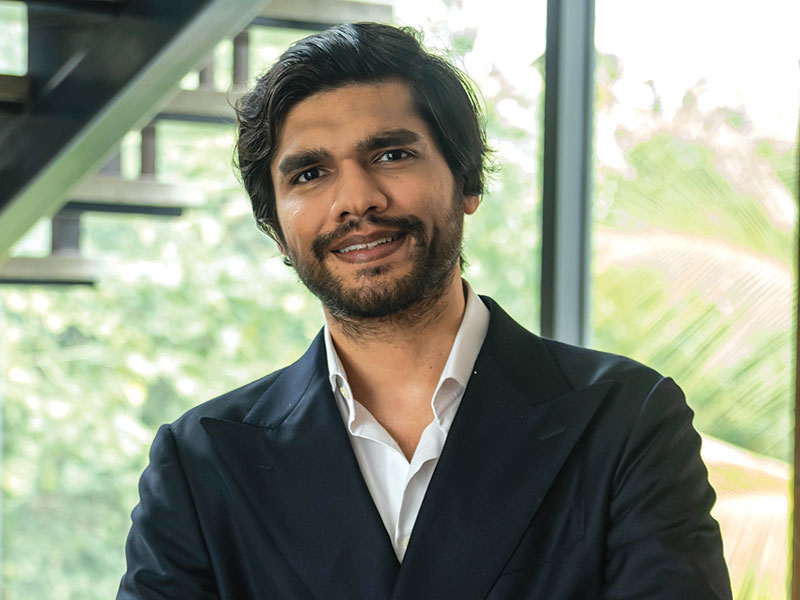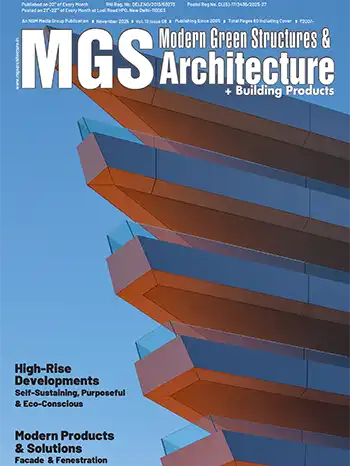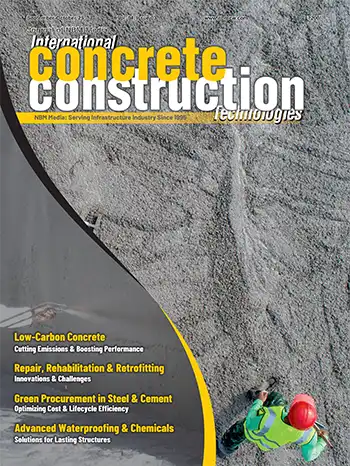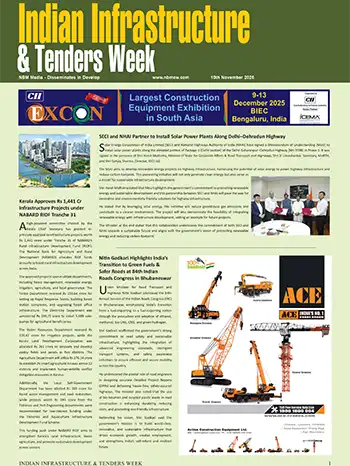In the pursuit of a sustainable built environment, architects must continually question accepted practices. Designing for the present is not enough; we also need to make sure that our structures benefit future generations.
Dikshu Kukreja, Managing Principal, CPKA & Honorary Consul General of Republic of Albania, CP Kukreja Architects
In architecture, sustainability is now a must rather than an option. It is our duty as architects to create spaces that are not only aesthetically pleasing and useful, but also highly sensitive to ecological issues. Contextual design, which adapts to a location’s climate, geography, and cultural ethos, is one of the best strategies to attain sustainability.
Our holistic approach to sustainability incorporates cutting-edge building technology, material consciousness, and climate-responsive design to produce long-lasting built environments with little environmental impact. To promote a symbiotic interaction between the built and natural surroundings, we prioritize biophilic aspects in our projects, utilizing water-sensitive urban architecture, shaded courtyards, and green roofs.
The carbon footprint of a building is greatly decreased by using recycled, low-carbon, and locally obtained materials. In order to save embodied energy and create healthier indoor spaces, we are also investigating alternate materials including bamboo, engineered wood, and compressed earth blocks.
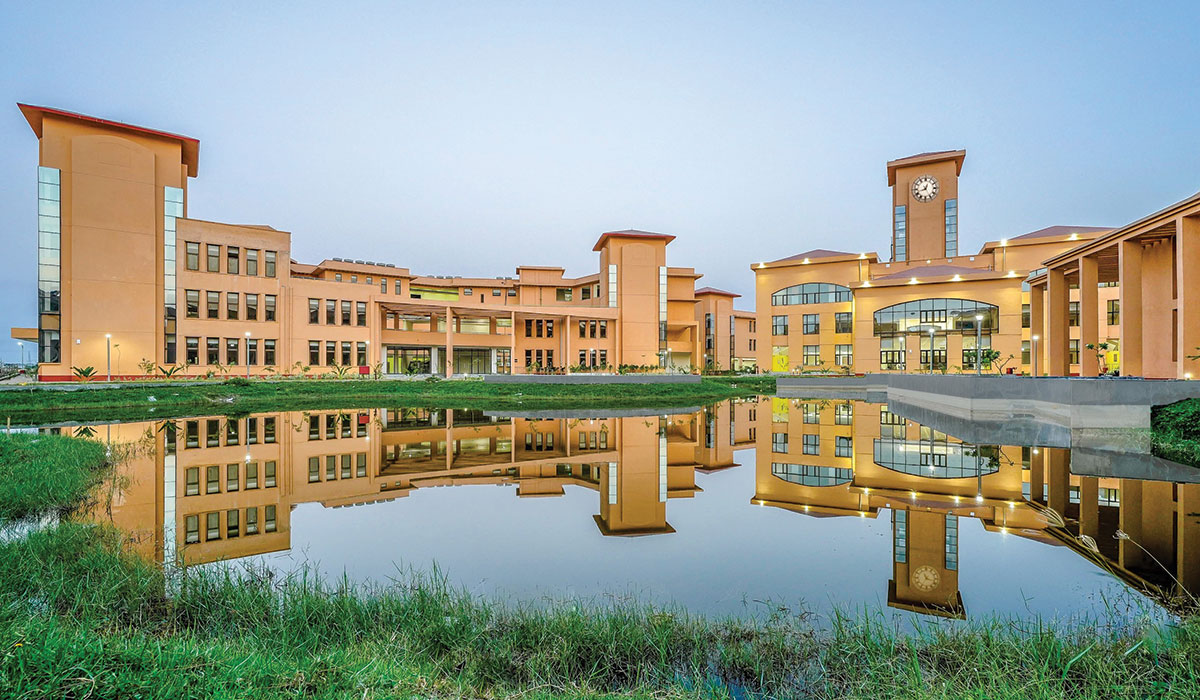
Technology plays a critical role in advancing sustainable architecture. With parametric design tools, we can analyse and optimize building performance, ensuring energy efficiency from the conceptual stage. Smart systems for energy management, rainwater harvesting, and waste recycling further enhance sustainability while minimizing resource consumption.
A compelling example of sustainability in practice is the Biswa Bangla Biswavidyalaya, a university campus in West Bengal designed by CPKA. Drawing inspiration from the region’s traditional Bengali architecture, the design integrates climate-sensitive features such as shaded verandas, large overhangs, and ecological lake that help regulate temperatures naturally. The campus is built using locally available materials, including terracotta and brick, ensuring harmony with its surroundings while reducing transportation-related emissions. Rainwater harvesting systems, solar energy integration, and passive cooling techniques further exemplify how institutional projects can serve as models of sustainable development.


